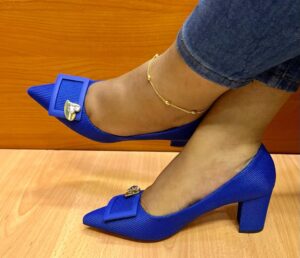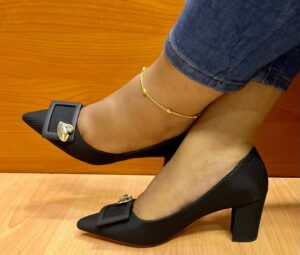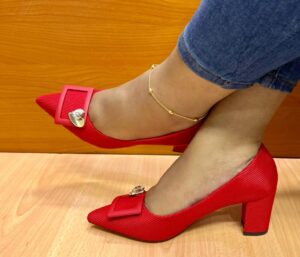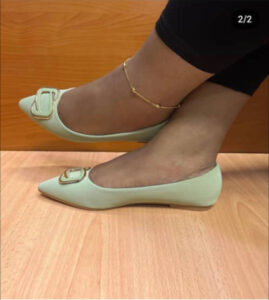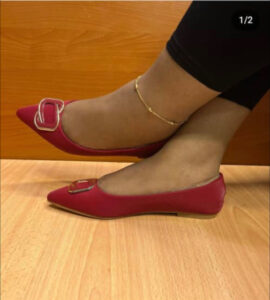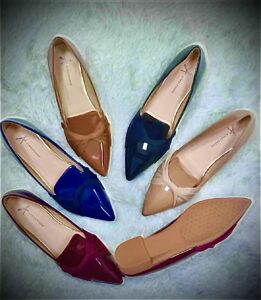
Wholesale High Heels: The History of High Heels
For centuries, high heels have symbolized fashion, power, and allure. These iconic shoes have transitioned from exclusive wear for royalty to being offered as wholesale high heels, making them more accessible. Today, they are a staple on fashion runways worldwide. Here’s a step-by-step exploration of the origins, evolution, and cultural impact of high heels on women’s footwear:
The Birth of High Heels
High heels date back to ancient civilizations, with the earliest known heels being traced to ancient Egypt around 3500 BC. These early heels were not only worn for aesthetic purposes but also for functional reasons. Egyptian butchers are believed to have worn elevated shoes to avoid stepping in the blood of the animals they slaughtered.
It was in ancient Greece that high heels began to take on a more fashionable role. Greek actors in the 5th century BC wore platform sandals called “kothorni,” which had thick, high wooden soles. These elevated shoes helped actors appear taller and more imposing on stage.
A Symbol of Status and Power
High heels gained significant popularity in the 15th century when they were embraced by European royalty. Catherine de’ Medici of France, who married King Henry II in 1533, is credited with popularizing high heels in Europe. She was of shorter stature and introduced high-heeled shoes as a way to increase her height and, in turn, her presence at court.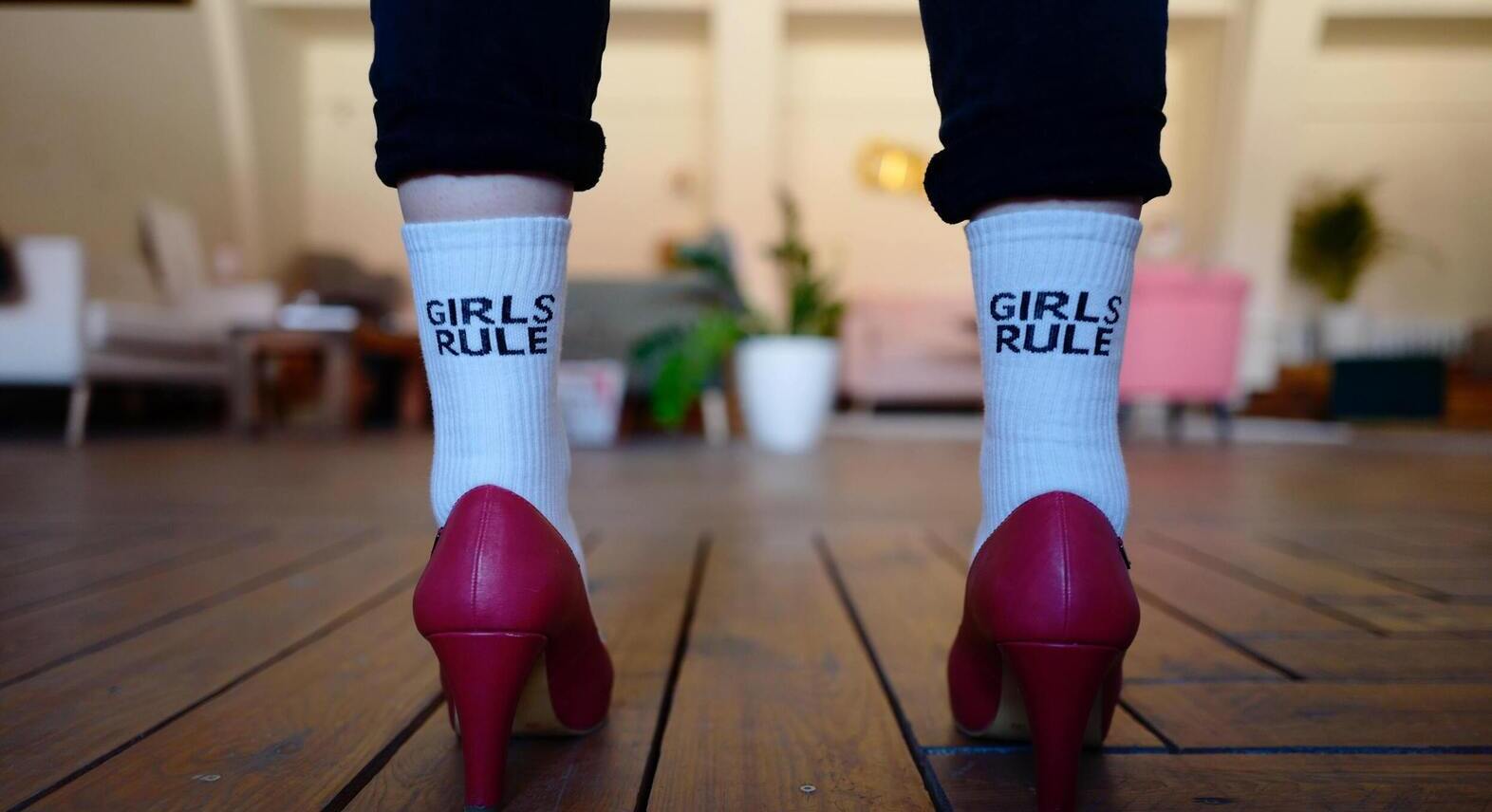
Soon, high heels became a symbol of nobility and social status. Only the elite could afford these fashionable and elaborate shoes. Heels were often made from exotic materials and adorned with intricate designs. This highlighted the wearer’s wealth and power.
The Evolution of High Heels
Over the centuries, high heels underwent various transformations in terms of design and purpose. In the 17th century, both men and women wore high heels as a symbol of authority and stature. However, by the 18th century, heels became primarily associated with women’s fashion.
The 19th century saw the introduction of the stiletto heel, characterized by its thin and high design. This innovation revolutionized high heels, emphasizing elegance and femininity. The stiletto heel remains a timeless classic in the world of fashion.
High Heels in the Modern Era
The 20th century brought further evolution to high heels. In the 1920s, flapper fashion embraced shorter, chunkier heels to match the newfound spirit of independence and liberation. The mid-20th century saw the rise of the wedge heel, which provided both height and comfort.
In the late 20th century, high heels became a prominent feature on fashion runways around the world. Designers like Christian Louboutin, Manolo Blahnik, and Jimmy Choo elevated high heels to an art form, creating iconic and sought-after footwear.
High Heels Today
In the 21st century, high heels continue to be a symbol of style and sophistication. While their popularity has waned in everyday fashion due to comfort concerns, they remain a statement piece for special occasions and in the world of entertainment. High heels have transcended their historical roles and become a symbol of empowerment and self-expression for many women. They are no longer solely associated with social status but are seen as a form of personal expression and confidence and are sold as wholesale high heels. Here’s what you can anticipate from Tonia’s shoe trends:
- High heels with straps
- Ego high heels
- Large size high heels
- Best high heels for ladies
- Grey high heels
- Comfortable high heels
- High heels nude
- High heels for wedding
- Quality high heels
- Black high heels
- simple high heels
- women’s high heels
Wholesale High Heels: Discover Your Perfect Pair of High Heels Today!
Explore the captivating legacy of quality high heels. Trace their evolution from ancient times to the modern catwalks of Paris and New York. These heels have transformed beyond mere footwear. They have become powerful symbols of style, empowerment, and personal expression. Select your ideal pair of comfortable wholesale high heels to step confidently into a world of elegance today!


